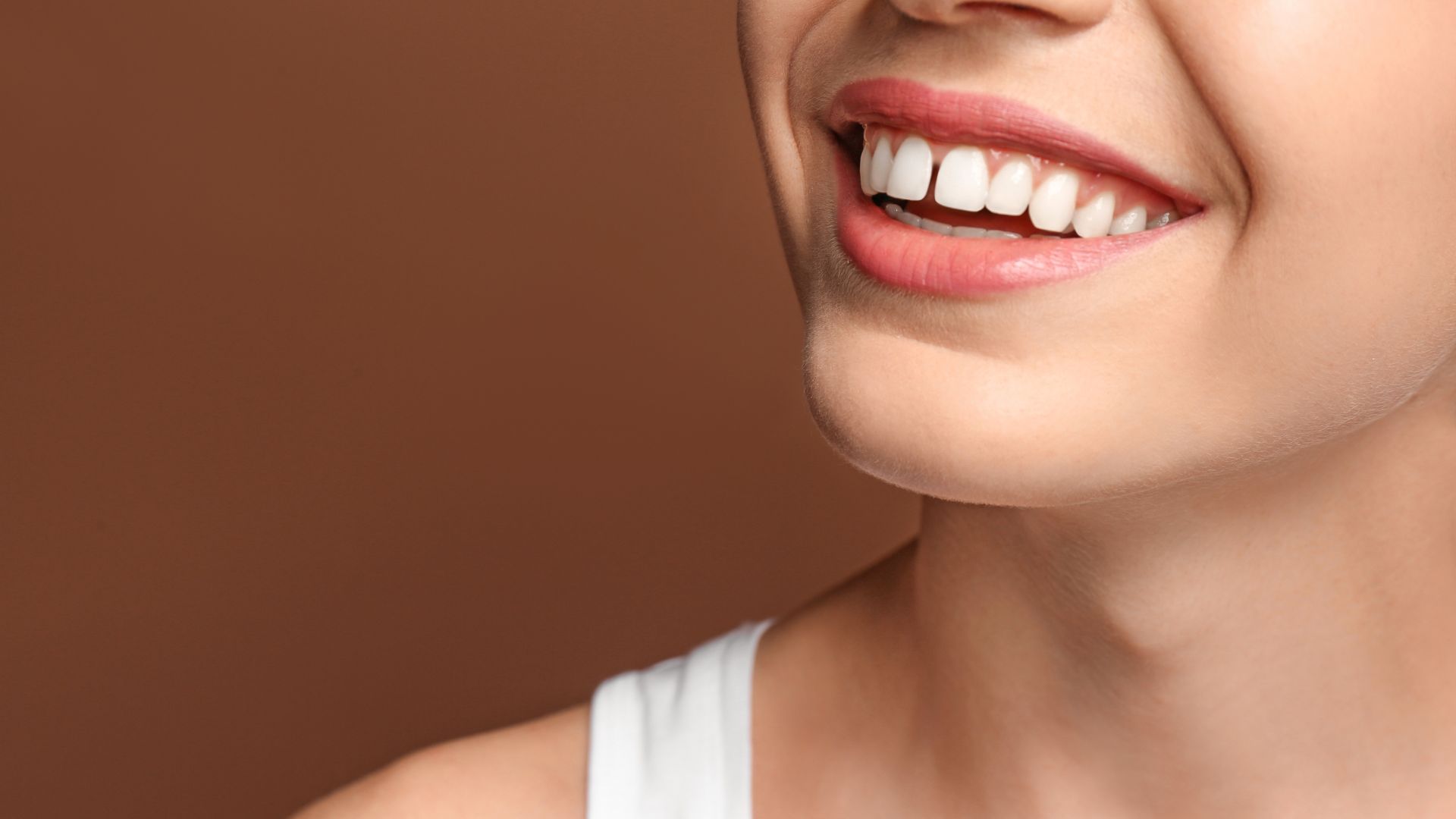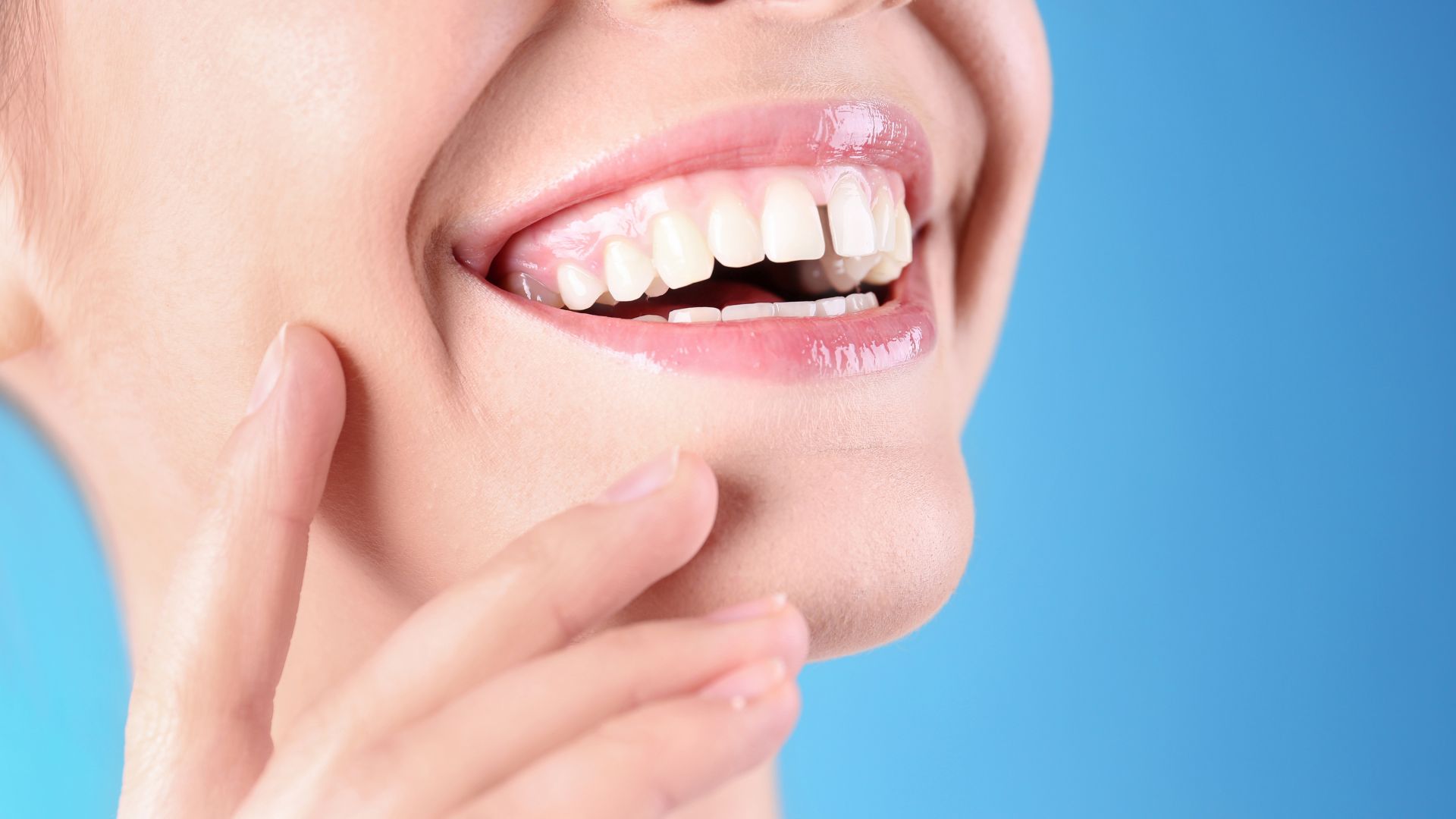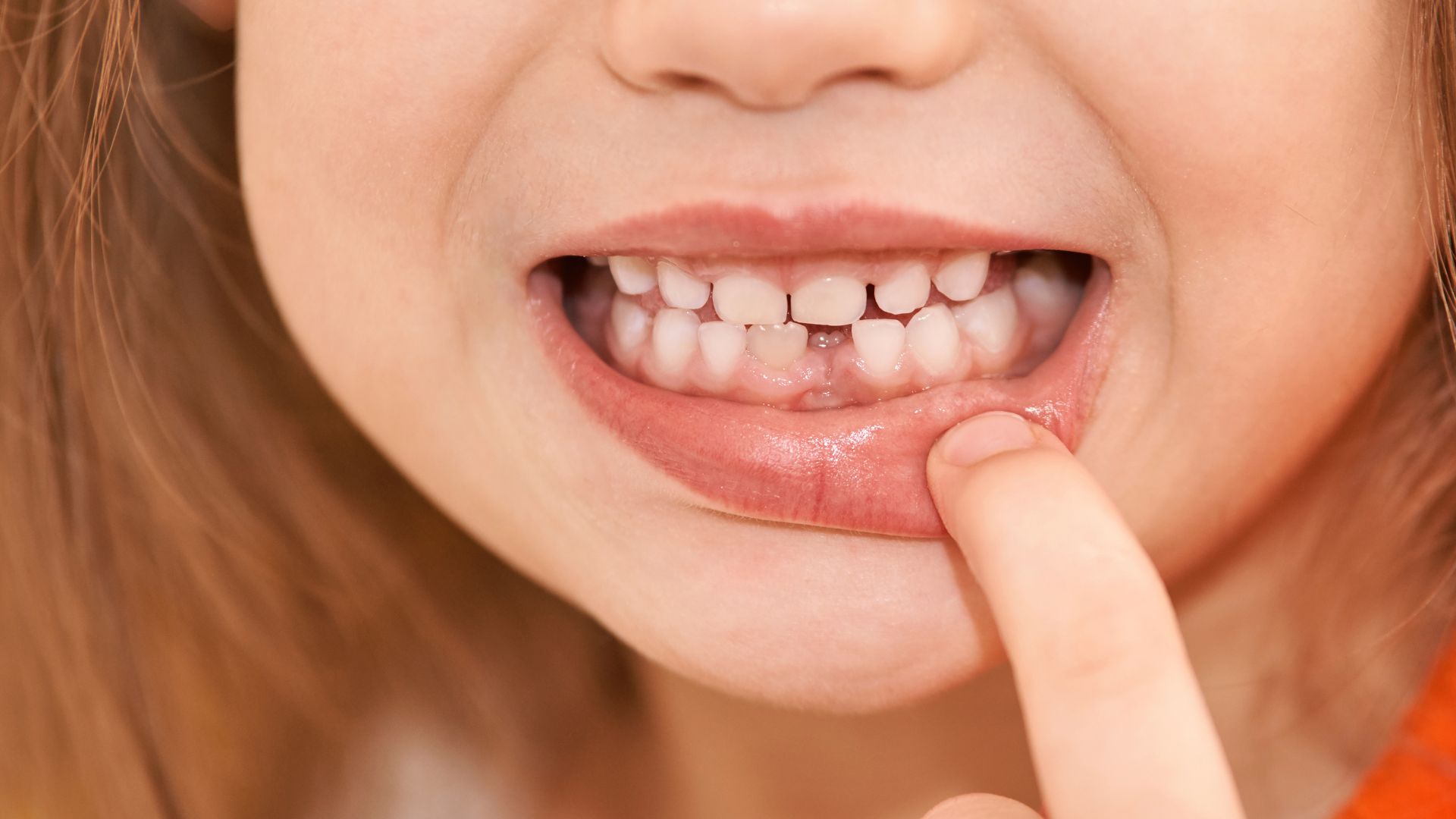
In the ever-evolving world of beauty standards, a surprising trend has emerged: the allure of gap teeth. Once considered a dental imperfection, diastemas (the technical term for teeth gaps) now grace the smiles of top models, celebrated actresses, and social media influencers. This shift marks a significant change in how society perceives beauty, embracing uniqueness and authenticity over conventional perfection.
The Rise of the Diastema: A New Beauty Standard
The gap teeth trend didn’t appear overnight. It’s been slowly gaining momentum, driven by a combination of celebrity influence and changing societal attitudes towards beauty.
Celebrity Influences on the Gap Teeth Trend
Celebrities with distinctive smiles have played a crucial role in popularizing the gap teeth look. Stars like Madonna, Lauren Hutton, and Anna Paquin have long been admired for their unique smiles. More recently, personalities such as Elijah Wood, Vanessa Paradis, and Georgia May Jagger have brought renewed attention to this charming feature.
Social Media’s Role in Popularizing Unique Smiles
Social media platforms have become powerful tools for redefining beauty standards. Hashtags like #gapteeth and #diastema showcase thousands of individuals proudly flaunting their natural gaps. This digital celebration has helped normalize and even glamorize what was once considered a flaw.
The Psychology Behind the Appeal of Teeth Gaps
The growing attraction to gap teeth goes beyond mere aesthetics. It taps into deeper psychological factors that resonate with modern beauty ideals. 
Uniqueness and Authenticity in Beauty
Today’s consumers crave authenticity. Gap teeth represent a departure from the cookie-cutter, perfect smile often associated with cosmetic dentistry. They symbolize individuality and a rejection of homogenized beauty standards.
The Charm of Imperfection
There’s an undeniable allure to slight imperfections. They add character and make a person more relatable and memorable. A gap-toothed smile can be seen as endearing, approachable, and even sexy.
Cultural Perspectives on Teeth Gaps
The perception of teeth gaps varies widely across cultures, with some viewing them positively long before the current trend.
Historical Significance in Various Cultures
In some African cultures, gap teeth have been considered a sign of wisdom and beauty for centuries. Similarly, in certain parts of France, women with teeth gaps (called “les dents du bonheur” or “lucky teeth”) are considered fortunate.
Modern Interpretations and Acceptance
As global beauty standards become more inclusive, these cultural perspectives are gaining wider appreciation. The gap teeth trend represents a fusion of traditional and modern beauty ideals.
The Fashion Industry’s Embrace of Diverse Smiles
The fashion world, known for setting beauty trends, has played a significant role in promoting the appeal of gap teeth.
Gap-Toothed Models on the Runway
Top models like Lara Stone, Lindsey Wixson, and Slick Woods have made their distinctive smiles their trademark. Their success has opened doors for other models with unique features, challenging the notion of what a “model smile” should look like.
Advertising Campaigns Celebrating Unique Features
Forward-thinking brands are featuring models with gap teeth in their campaigns, sending a powerful message about diversity and individuality in beauty. This shift not only reflects changing consumer preferences but also helps drive the trend forward.
Dental Health Considerations for Natural Diastemas

While the gap teeth trend celebrates natural diastemas, it’s important to address the dental health aspect. Not all teeth gaps are created equal, and some may require attention for oral health reasons.
Dentists emphasize that mild to moderate gaps between teeth, particularly in the front, often don’t pose health issues. However, larger gaps or those resulting from gum disease or other dental problems should be evaluated by a professional. Regular dental check-ups remain crucial for maintaining overall oral health, trendy smile or not.
Creating the Look: Options for Those Without Natural Gaps
For those enamored with the gap teeth trend but not naturally blessed with a diastema, several options exist to achieve the look:
- Temporary gap teeth accessories: Clip-on veneers or dental jewelry can create the illusion of a gap.
- Makeup techniques: Skilled makeup artists can create the appearance of a slight gap using clever shading.
- Digital editing: For those seeking the look in photos, digital editing can add a subtle gap.
It’s crucial to note that permanently altering healthy teeth to create a gap is not recommended by dental professionals. The trend celebrates natural variations, and artificial alterations could potentially harm oral health.
The Future of the Gap Teeth Trend
As with all trends, the question arises: how long will the gap teeth craze last? While it’s impossible to predict with certainty, several factors suggest this trend has staying power: 
- Increasing emphasis on diversity in beauty standards
- Growing appreciation for natural features
- Continued celebrity and fashion industry support
- Social media’s power to maintain and spread trends
The gap teeth trend represents more than just a fleeting fashion statement. It signifies a broader shift towards accepting and celebrating natural diversity in appearance. As society continues to redefine beauty standards, embracing features like gap teeth paves the way for a more inclusive and authentic representation of human beauty.
Whether you’re naturally gap-toothed or simply an admirer of this unique feature, the trend invites everyone to smile confidently, embracing what makes each grin distinctive. In a world that often pressures individuals to conform to narrow beauty ideals, the gap teeth trend stands as a refreshing reminder: true beauty lies in embracing our natural selves.







